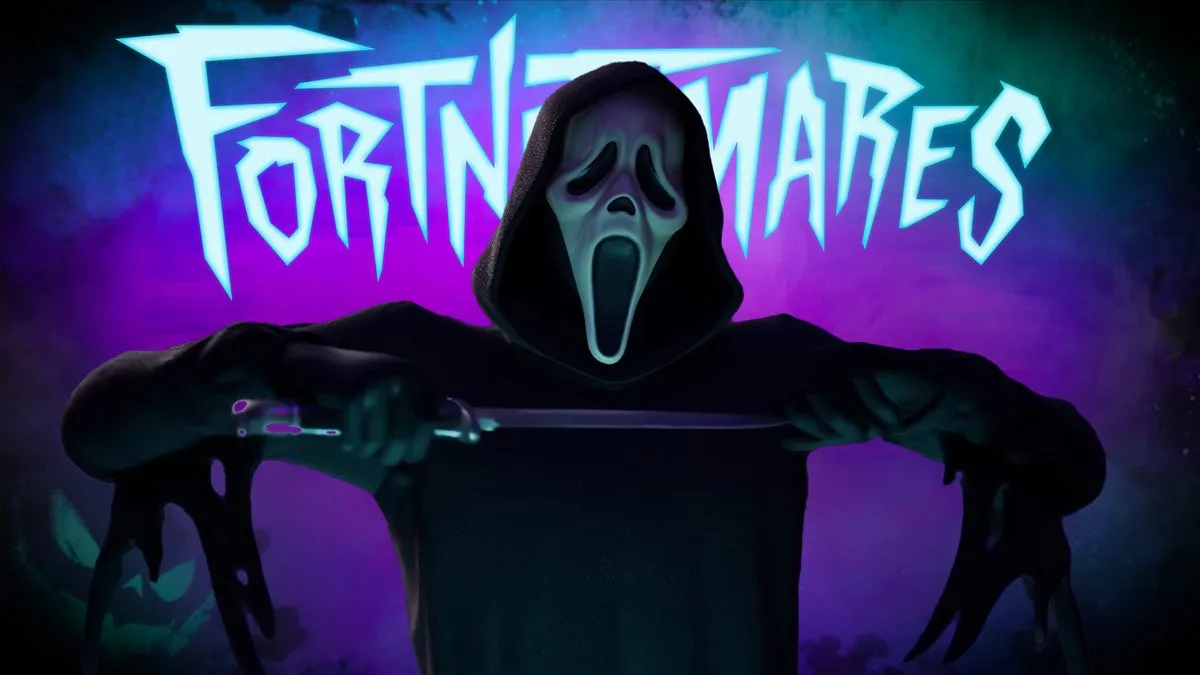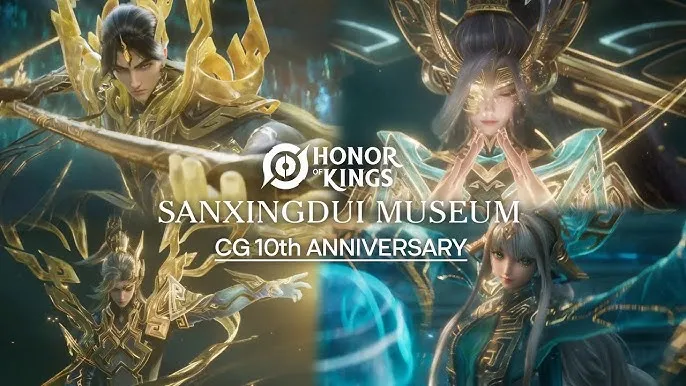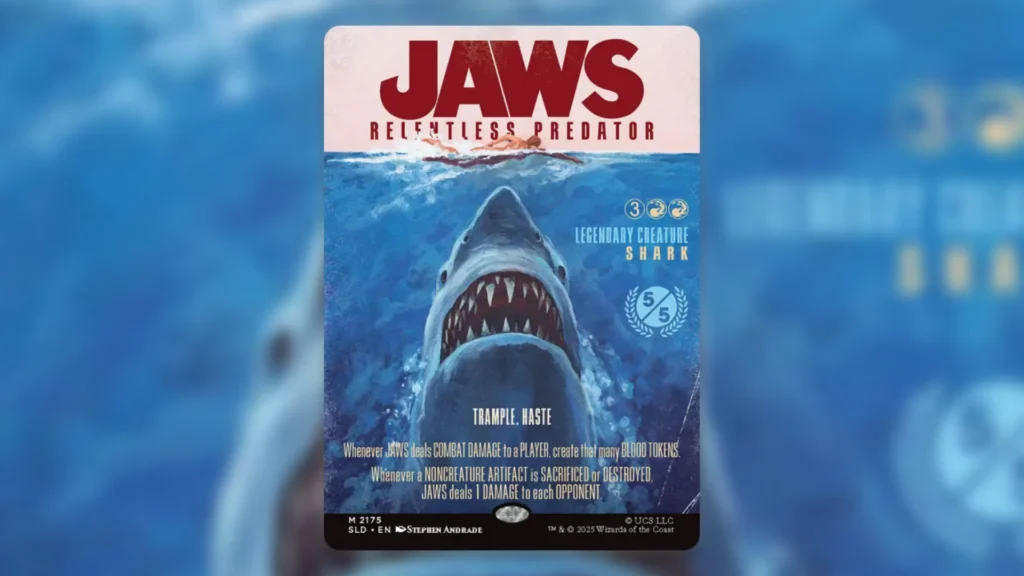November 4, 2025
From Fear to Pride: What October’s Gaming Collabs Teach Us About IP Strategy

Look back on IP Collabs during October | Powered by IPverse
Players are not just chasing brands. They are chasing feelings. Fear in the dark with friends. Pride in a story that feels like home. The studios that win are building an IP operating system—one that turns collaborations into sustained growth, not one-off fireworks.
The IPverse Framework: World, Moment, Mechanic
Use this three-lens test before you sign any collaboration.
- World: Does the partner IP extend or enrich your game’s fantasy rather than sit on top of it?
- Moment: Is there a cultural or calendar moment that naturally amplifies discovery and earned media?
- Mechanic: What new behaviour will this IP unlock in your LiveOps or economy that persists after the campaign?
If you cannot answer all three with specifics, you do not have a collaboration. You have a poster.
Case Reads and What to Steal

Fortnite × Scream (Ghostface)
Fortnitemares 2025 brings transformation mechanics that move beyond a skin. That matters. Cosmetics lift ARPDAU for days. Mechanics shift cohorts.
Yodo1’s take: Build IPs that change how players behave. A seasonal fear theme is the excuse—the real win is repeatable design space.
What to steal:
- Tie a limited transformation to a social trigger such as proximity voice or squad downs.
- Run a creator challenge rewarding creative kills or stealth routes—the content loop is the marketing.
- Keep one mechanic fragment as a permanent unlock to create post-event stickiness.

Honor of Kings × Sanxingdui
Four limited skins inspired by archaeological bronzework for the 10th anniversary. This is not heritage as wallpaper. It is heritage as meaning.
Yodo1’s take: Cultural authenticity builds trust and frequency. It also clears regulatory review with ease.
What to steal:
- Co-create with museum partners so the visual language and lore are precise.
- Design progression that teaches without preaching—drip lore through quest breadcrumbs and AR filters outside the game.
- Treat heritage IP as a long arc. Return to it annually with new chapters rather than a one-off celebration.
.webp)
Azur Lane × DanMachi V
Anime fandom meets gacha discipline. New story missions and limited ships are almost too easy, yet they work because both communities are mobilised.
Yodo1’s take: Anime crossovers are mature territory. Differentiation now comes from narrative cadence and pity-system tuning, not just the guest star.
What to steal:
- Build a three-beat narrative arc that escalates daily, not over weeks.
- Make shard acquisition routes legible—confusion kills spend in time-boxed events.
- Commission two influencer micro-series in parallel: one lore-focused, one gameplay meta.

Magic: The Gathering × Jaws
Secret Lair turns nostalgia into a recurring revenue machine. Small drops, sharp art direction, confident curation.
Yodo1’s take: Micro-drops are the ultimate IP sandbox. You test appetite without retooling the core game.
What to steal:
- Pilot micro-drops around film anniversaries and soundtrack remasters.
- Offer a collector path and a player path. The art variant is a trophy; the rules variant is the meta.
- Use scarcity honestly—short windows, transparent print numbers, zero false FOMO.
Market Signals to Watch
- Q4 horror beats Q4 cosy in share velocity across social and creator platforms, especially for ages 13–24.
- Heritage collaborations in China sustain longer DAU tails because they live inside cultural conversation, not just game news.
- Cross-platform synchronisation now defines reach: if cosmetics and entitlements aren’t portable, you pay twice to win once.
Deal Mechanics That Maximise Upside
- Licence for the system, not a skin. Secure rights to reuse motifs, SFX stems, VO lines, and UI widgets in future events.
- Bundle the moment. Lock in promotional beats on partner channels, plus music rights for short-form edits and creator remixes.
- Own your metrics. If you cannot tag partner posts and track inbound traffic, your incrementality study will be folklore.
Measurement That Actually Proves Value
Don’t stop at immediate revenue—prove you changed trajectory.
- Leading indicators: Day-zero and day-three install lift versus control geos, creator clip velocity, wishlist adds for upcoming modes.
- Cohort shift: 30- and 60-day reactivation from lapsed players who engaged with the collaboration.
- Economy health: Spend distribution across price tiers to confirm you didn’t over-skew whales.
- Cultural footprint: Share of voice inside the partner IP’s community, not just your own.
Risks to Manage
- Aesthetic mismatch: Gorgeous art that breaks your UI readability will tank ranked modes.
- Regulatory drift: Heritage IPs need provenance and disclaimers integrated early.
- Over-rotation: Too many back-to-back collaborations train players to wait for the next one—space them strategically.
The 12-Month IP Calendar Playbook
Think in seasons and families, not single hits.
- Q1: Identity & tech — sci-fi, mechs, gadgets; aligned with esports cycles.
- Q2: Adventure & travel — outdoor brands, film tourism boards, social referral loops.
- Q3: Music & fashion — festival capsules and avatar expression; prime UGC window.
- Q4: Fear & legacy — horror, heritage, and awards season; double down on narrative and micro-drops.
Where BiG and IPverse Help
We treat IP as a system. IPverse identifies high-fit partnerships through data on audience overlap, cultural moments, and mechanic feasibility. BiG negotiates the deal terms that secure reuse rights, data visibility, and promotional muscle—then helps your team ship the live ops that make it profitable.
Closing Thought
Master the World, Moment, Mechanic framework, and every collaboration becomes more than a campaign—it becomes part of your game’s DNA. To translate any of the above into a live plan, we can map partner shortlists, calendar slots, mechanic concepts, and measurement blueprints in one working session.
Want to learn more about making the most of IP's in your game?
Table of Content


